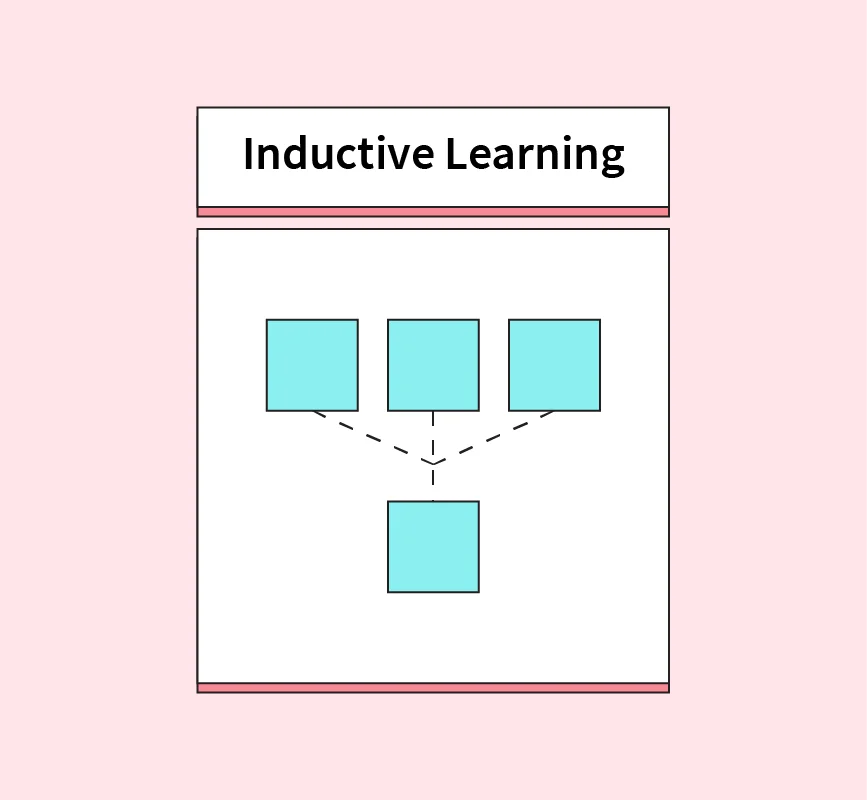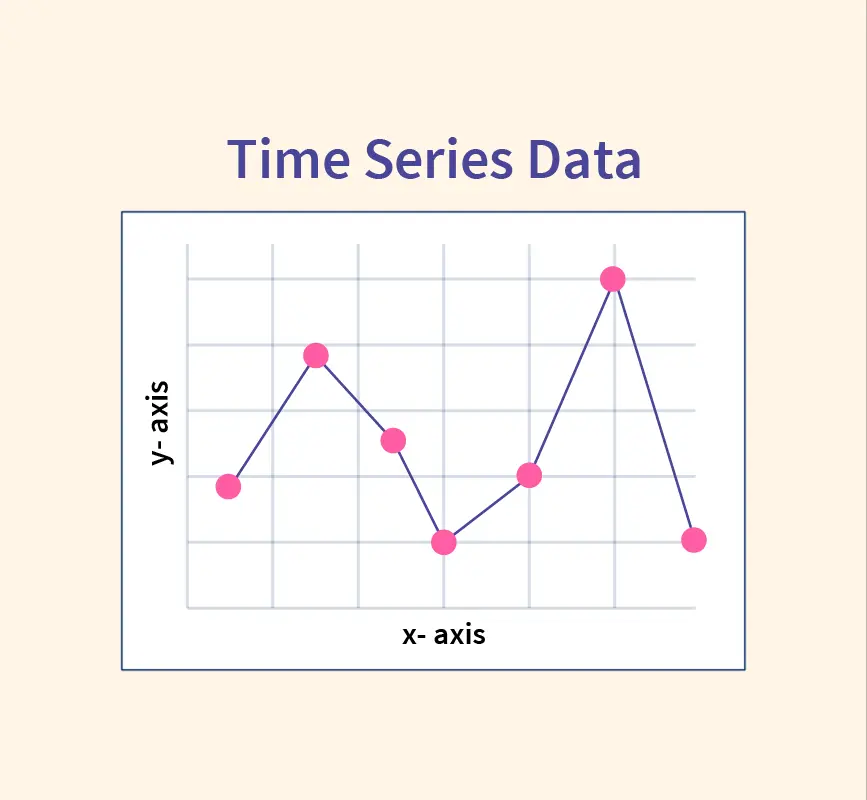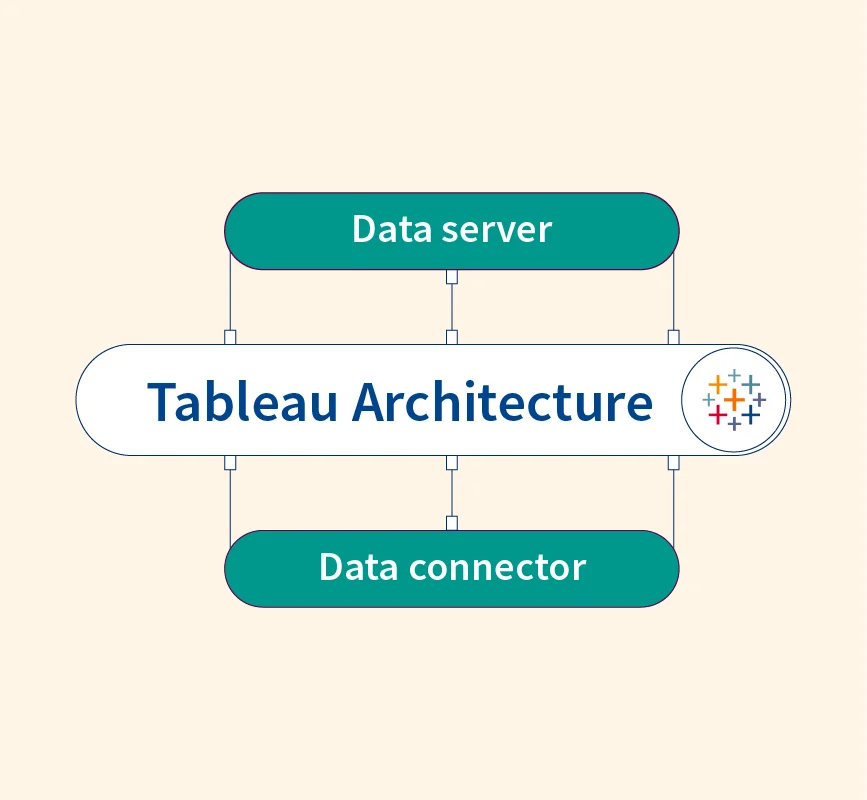Agents play a critical role in artificial intelligence (AI) by enabling machines to interact with their environment and make decisions autonomously. These agents can range from simple reflex-based systems to complex learning agents that improve with experience. AI agents serve as the building blocks for many intelligent applications, including self-driving cars, virtual assistants, and recommendation systems.
The concept of AI agents focuses on how systems perceive their environment through sensors, make decisions, and act upon the environment using actuators. Understanding different types of agents helps in developing tailored solutions for diverse fields, ensuring efficiency and adaptability.
What is an AI Agent?
An AI agent is a software or hardware-based system capable of perceiving its environment, processing information, and taking actions to achieve specific objectives. AI agents are designed to mimic human intelligence by making decisions based on data inputs and predefined rules or learning models.
These agents play a critical role in autonomous systems, such as self-driving cars or virtual assistants. They gather data through sensors, process it using algorithms or models, and act upon the environment through actuators.
Characteristics of AI agents include autonomy, adaptability, goal-orientation, and the ability to operate in dynamic environments with minimal human intervention.
Structure of an AI Agent
The architecture of an AI agent defines how it processes inputs, makes decisions, and acts on the environment. At the core of this structure are sensors, actuators, and a decision-making system that governs the agent’s actions.
Key Components in Agent Architecture:
- Sensors: Collect real-time data from the environment, such as temperature, images, or audio.
- Actuators: Carry out actions to interact with the environment (e.g., moving a robotic arm, generating speech).
- Decision-making modules: Algorithms that determine the appropriate action.
- Environment: The agent operates within a specific environment that influences its behavior.
Decision-Making Process:
AI agents use algorithms to process input from sensors and decide the next course of action. Reflex agents respond to stimuli instantly, while goal-based and utility-based agents evaluate their actions to maximize outcomes. Some agents also learn over time, improving their decision-making with experience.
The structure ensures that the agent can sense, process, and act efficiently in response to environmental changes, making it capable of working autonomously and handling complex tasks.
PEAS Representation
PEAS stands for Performance, Environment, Actuators, and Sensors, a framework used to define how an AI agent interacts with its surroundings and evaluates its success. It helps in designing intelligent systems by outlining what the agent must achieve and the tools available for that purpose.
- Performance: Metrics to assess the agent’s success (e.g., accuracy, efficiency, safety).
- Environment: The surroundings where the agent operates (e.g., road conditions, traffic).
- Actuators: Devices that perform actions in response to the agent’s decisions (e.g., motors, brakes).
- Sensors: Instruments used to gather information from the environment (e.g., cameras, GPS).
Example of PEAS for a Self-Driving Car
- Performance: Safe and timely arrival at the destination, energy efficiency, minimal collisions, adherence to traffic rules.
- Environment: Roads, other vehicles, pedestrians, traffic signals, and varying weather conditions.
- Actuators: Steering wheel, accelerator, brakes, headlights, indicators.
- Sensors: Cameras, GPS, LiDAR, radar, and ultrasonic sensors.
Using PEAS, developers can clearly define the objectives, constraints, and actions of an AI system, ensuring the agent behaves appropriately in dynamic real-world environments. In the case of a self-driving car, the PEAS framework ensures it balances safety, efficiency, and regulatory compliance.
Types of Agents in Artificial Intelligence
AI agents come in various types, each suited to specific tasks based on how they process information and interact with their environment. These agents vary in complexity, from simple reflex-based systems to sophisticated learning agents.
1. Simple Reflex Agents
Simple reflex agents operate by responding directly to environmental stimuli using condition-action rules. They do not store past information or consider future consequences—if a specific condition is detected, the corresponding action is executed.
These agents are efficient for tasks that require immediate responses but cannot handle complex environments.
Example Applications:
- Thermostats: Turning the heater on/off based on room temperature.
- Vacuum Robots: Moving based on the detection of dust or obstacles.
While reflex agents are fast, their lack of adaptability limits their usefulness to straightforward tasks with predictable conditions.
2. Model-Based Reflex Agents
Model-based reflex agents enhance decision-making by incorporating an internal model of the environment. The model helps the agent understand how the environment changes with each action, allowing it to operate more effectively in dynamic scenarios.
Unlike simple reflex agents, they rely on past data and state information to make decisions, improving performance over time.
Example Applications:
- Robotic Arms: Adjusting grip based on object type and position.
- Smart Traffic Systems: Managing signals using real-time traffic models.
By using internal models, these agents can handle changing environments but require more computational power and design effort.
3. Goal-Based Agents
Goal-based agents make decisions based on predefined goals. These agents go beyond simple reactions and evaluate multiple possible actions to determine which path will lead to the desired outcome. They operate efficiently in situations where planning and strategy are necessary.
How They Work:
The agent selects actions that bring it closer to achieving its goals. It evaluates the outcome of its actions to determine the most effective strategy.
Real-World Examples:
- Navigation Systems: Finding the shortest route to a destination.
- Warehouse Robots: Planning the optimal path to retrieve items.
While goal-based agents are more flexible than reflex agents, they require more processing power to evaluate different outcomes. Achieving multiple or conflicting goals can also add complexity.
4. Utility-Based Agents
Utility-based agents prioritize actions that maximize utility, or the overall benefit, in their decision-making process. These agents go beyond achieving a goal by considering the quality and desirability of outcomes.
How They Function:
The agent assigns utility values to different actions and chooses the one with the highest expected utility. It balances multiple factors such as speed, accuracy, and cost.
Pros and Cons:
- Pros: Utility-based agents provide optimized solutions and can handle conflicting goals.
- Cons: They require complex algorithms to calculate utility, making them computationally intensive.
Practical Use Cases:
- Autonomous Vehicles: Balancing safety, speed, and fuel efficiency.
- Healthcare Systems: Prioritizing patient treatments based on urgency and resource availability.
5. Learning Agents
Learning agents improve their performance over time by using feedback from previous actions. They start with basic knowledge and refine their behavior through trial and error or reinforcement learning.
How They Work:
A learning agent comprises four components:
- Learning element: Learns from experience.
- Performance element: Makes decisions.
- Critic: Provides feedback.
- Problem generator: Explores new possibilities.
Example Applications:
- Chatbots: Learning from conversations to improve responses.
- Recommendation Systems: Adapting to user preferences over time.
Learning agents are versatile, but the process of acquiring knowledge can be time-consuming and resource-intensive.
6. Multi-Agent Systems
Multi-agent systems involve multiple agents working together to solve complex problems that a single agent cannot handle efficiently. These agents collaborate, coordinate, or compete with one another to achieve their objectives.
How They Work:
Each agent operates autonomously but interacts with others to share information or delegate tasks. Coordination mechanisms ensure that the agents work harmoniously.
Example Applications:
- Autonomous Drones: Collaborating on surveillance missions.
- Smart Grids: Managing power distribution through multiple AI agents.
Multi-agent systems offer scalability and flexibility, but managing inter-agent communication and coordination introduces complexity.
Rational Agents and Rationality
A rational agent is one that makes decisions designed to maximize the expected outcome based on the available information. Rational agents aim to achieve the best possible result, given the conditions of the environment, by carefully weighing benefits, risks, and costs associated with different actions. Rationality depends on the performance measures defined for the agent and how well it achieves its objectives.
Key Characteristics of Rational Agents:
- Goal-Oriented: Actions are driven by clearly defined goals.
- Adaptability: Able to respond effectively to changing conditions.
- Utility-Based Decisions: Evaluates and selects actions that maximize utility.
Examples of Rational Agents:
- Virtual Personal Assistants (like Siri or Alexa) make decisions to provide the best response based on user input.
- Autonomous Vehicles: Rational agents within these vehicles ensure safe navigation by selecting optimal driving actions.
Rational agents are critical in AI, especially in dynamic environments where outcomes are uncertain.
Hierarchical Agents
Hierarchical agents are structured to operate at multiple levels, with each level responsible for different types of decisions. These agents break down complex tasks into smaller, manageable sub-tasks to improve efficiency and performance.
How Hierarchical Models Work:
- The top-level agent defines high-level goals and plans.
- Mid-level agents manage subtasks and coordinate resources.
- Lower-level agents handle real-time interactions with the environment through sensors and actuators.
This structure ensures efficient decision-making by distributing responsibilities across different layers.
Advantages of Hierarchical Structures:
- Improved Scalability: Complex systems can be divided into manageable parts, making them easier to design and control.
- Fault Tolerance: Errors at lower levels can be addressed without compromising the entire system.
- Task Specialization: Different layers can focus on specific tasks, improving overall performance.
Example Applications:
- Robotic Systems: A top-level agent may determine the robot’s goal, while lower-level agents manage navigation and movement.
- Smart Manufacturing Systems: Hierarchical agents handle tasks ranging from production planning to real-time quality checks.
Hierarchical models are particularly effective in large-scale AI systems, where breaking down tasks enhances efficiency and control.
Applications and Uses of Agents in Artificial Intelligence
AI agents are transforming industries by automating processes, enhancing decision-making, and enabling intelligent systems to perform complex tasks. Some common applications include:
- Self-Driving Cars: AI agents handle navigation, obstacle detection, and decision-making in real-time, ensuring safe and efficient journeys.
- Healthcare: AI agents assist in medical diagnosis, drug discovery, and patient monitoring, improving healthcare delivery and outcomes.
- Finance: AI agents automate fraud detection, algorithmic trading, and personalized banking services.
- Customer Service: Virtual assistants and chatbots powered by AI agents provide 24/7 customer support and resolve issues efficiently.
Potential and Future Uses
AI agents will play a central role in emerging fields such as smart cities and autonomous drones. They will also enable advanced applications in personalized education and robotic surgeries. As AI continues to evolve, agents will become more self-learning and adaptive, leading to innovations in quantum computing and collaborative multi-agent systems. Future developments will likely enhance agent autonomy and interoperability, unlocking new possibilities in industry and research.
Conclusion
AI agents are essential components of artificial intelligence, enabling systems to make intelligent decisions in various environments. From simple reflex agents to complex multi-agent systems, each type plays a distinct role in automating tasks and solving problems efficiently.
AI agents are integral to self-driving cars, healthcare systems, finance, and many other sectors, driving innovation and improving operational efficiency. As AI technology advances, the adaptability and learning capabilities of agents will become even more critical. Understanding the different types and applications of AI agents allows developers to design effective, goal-oriented systems that enhance both business and personal outcomes.
References:


